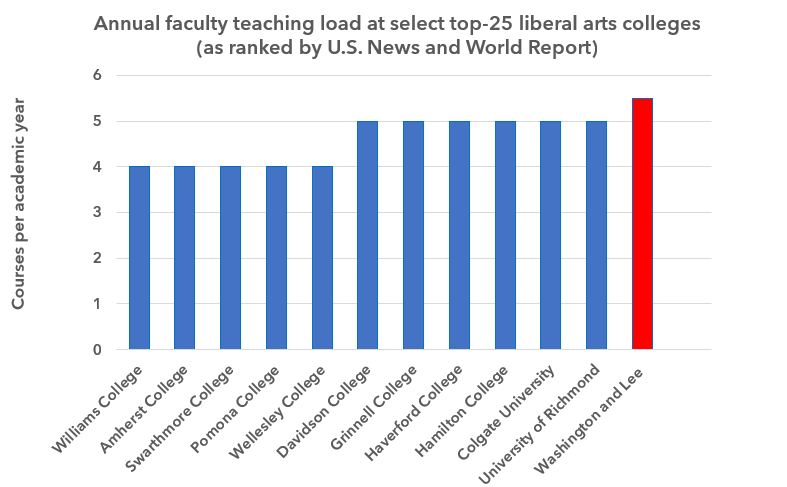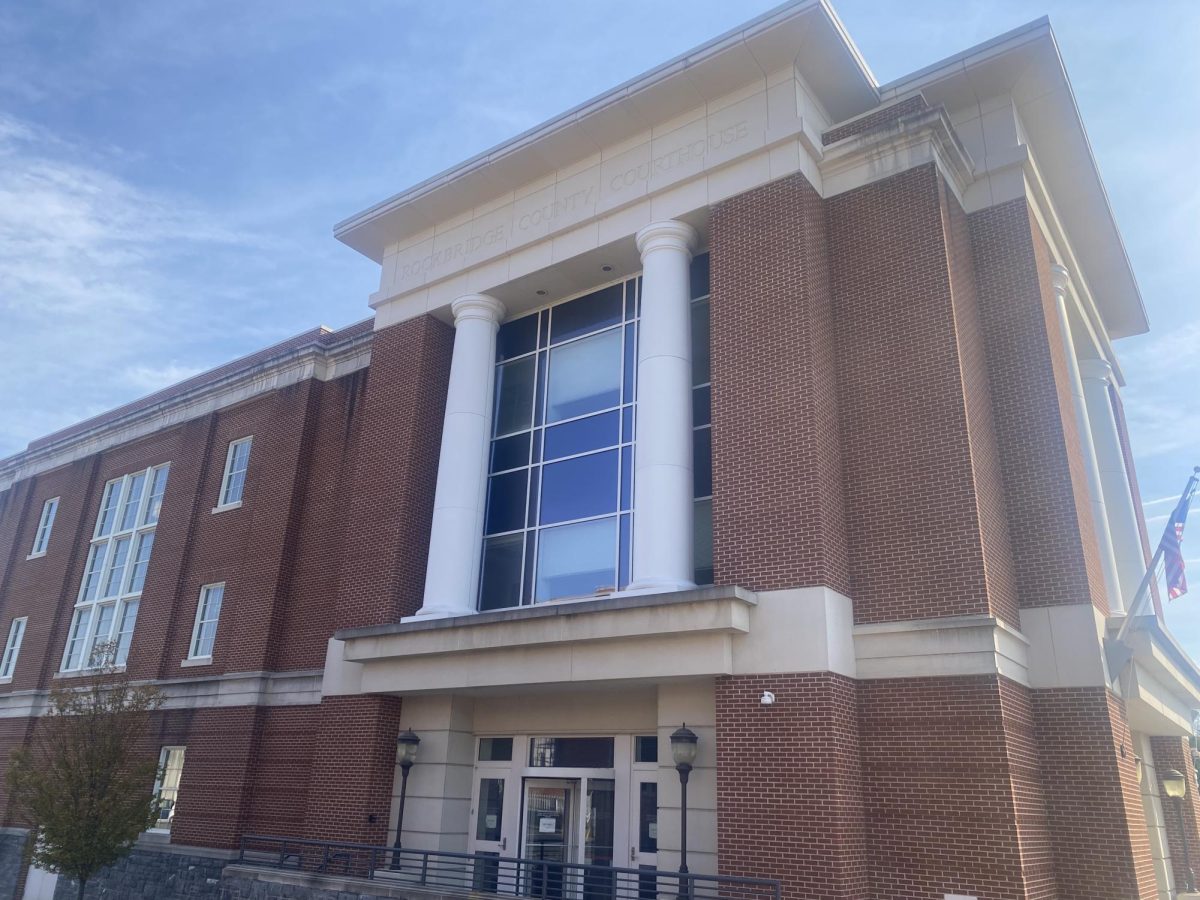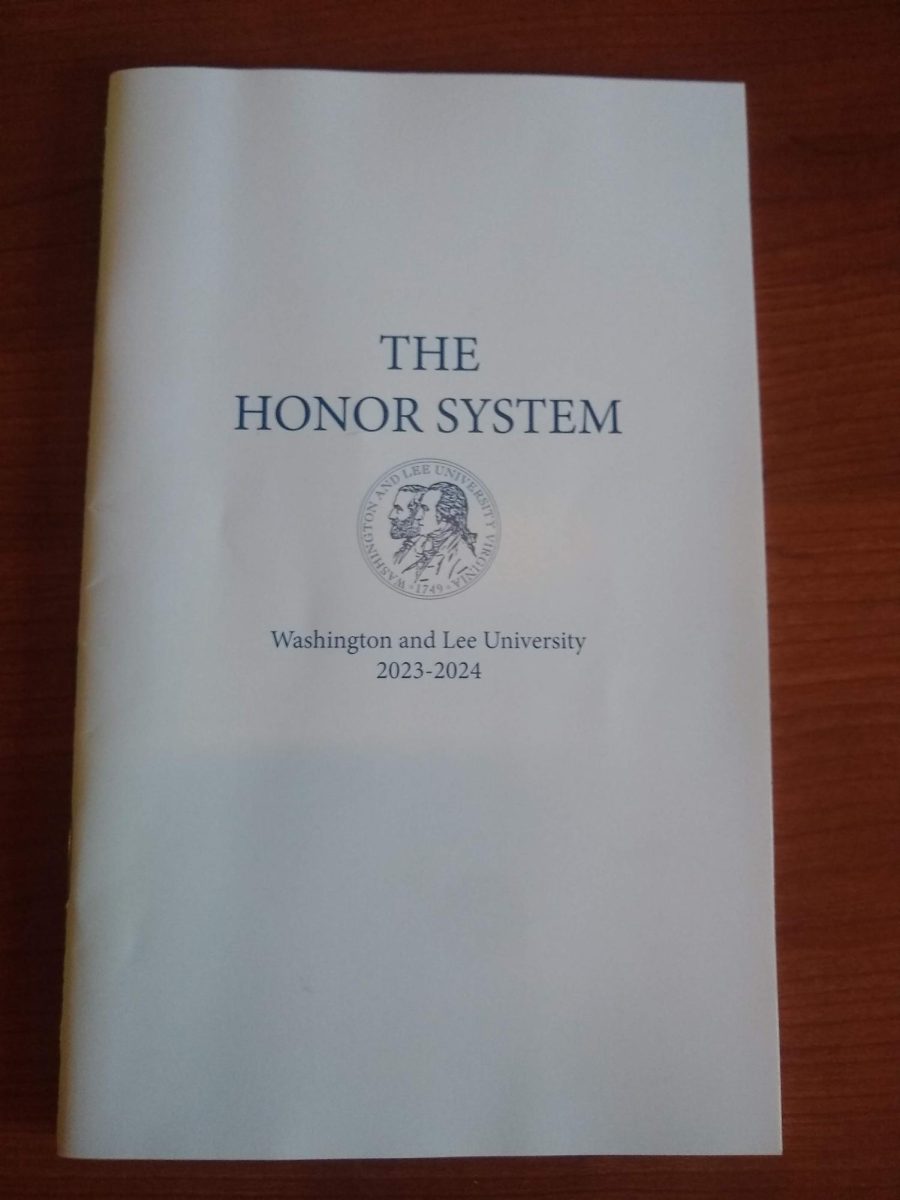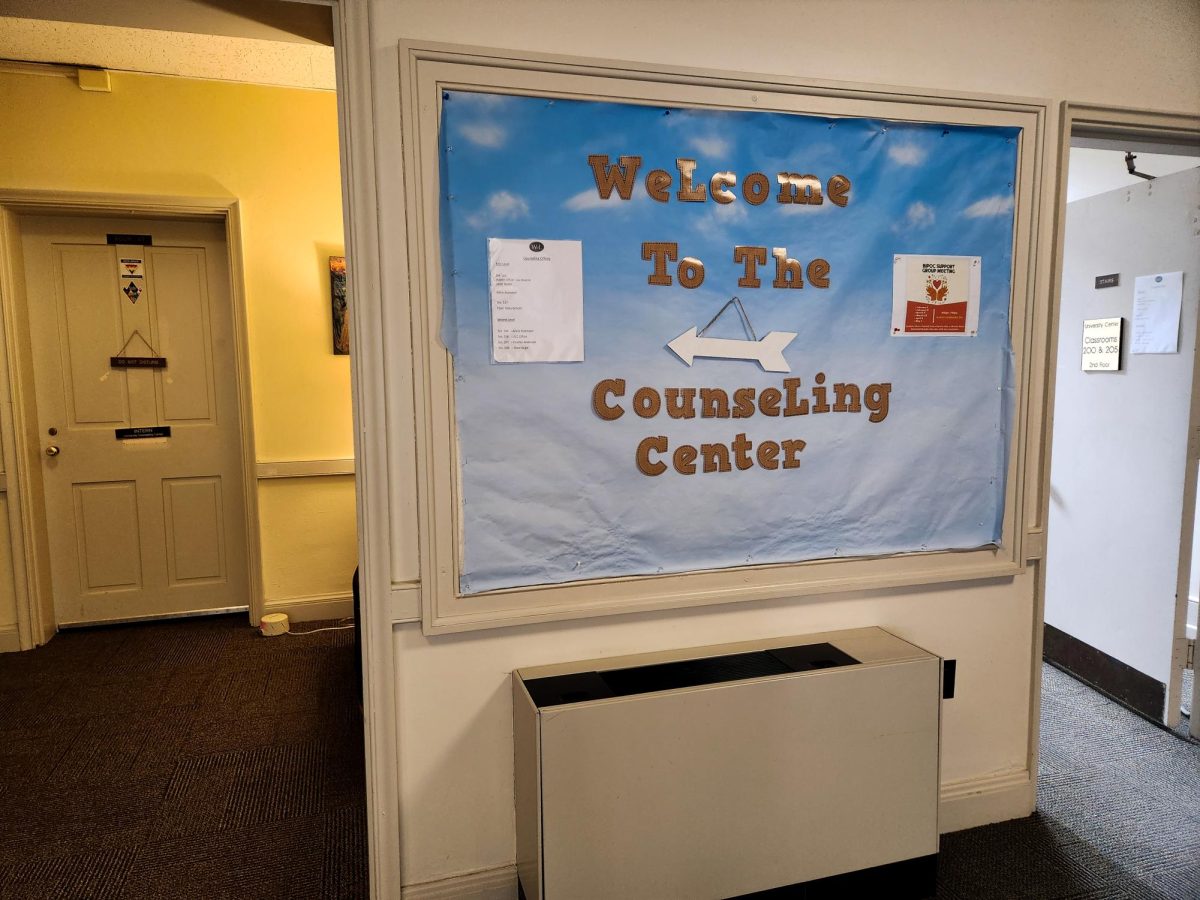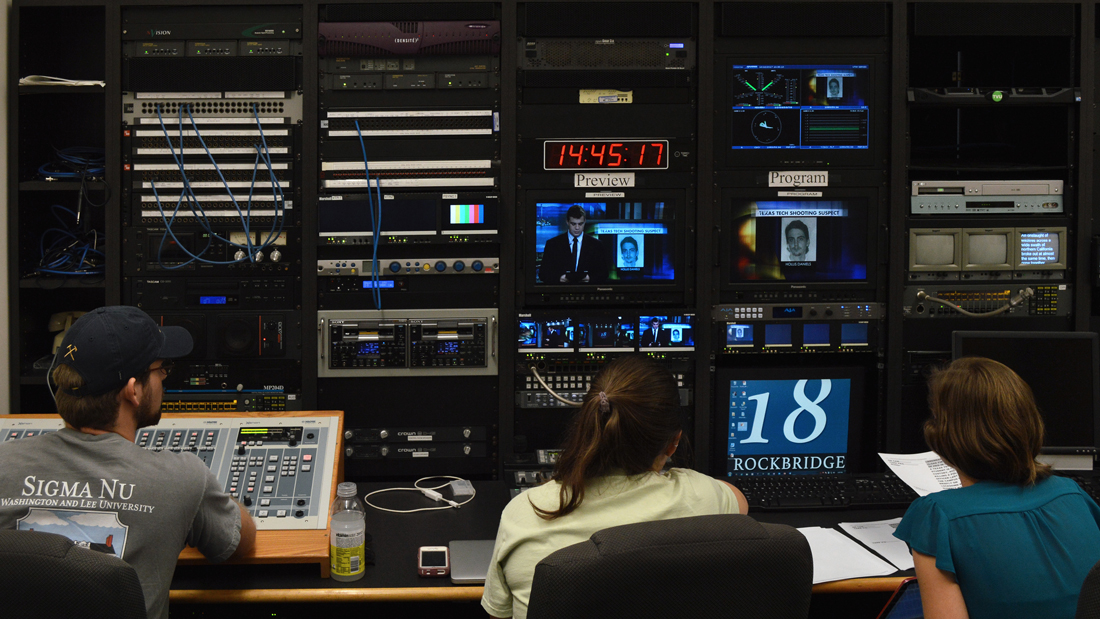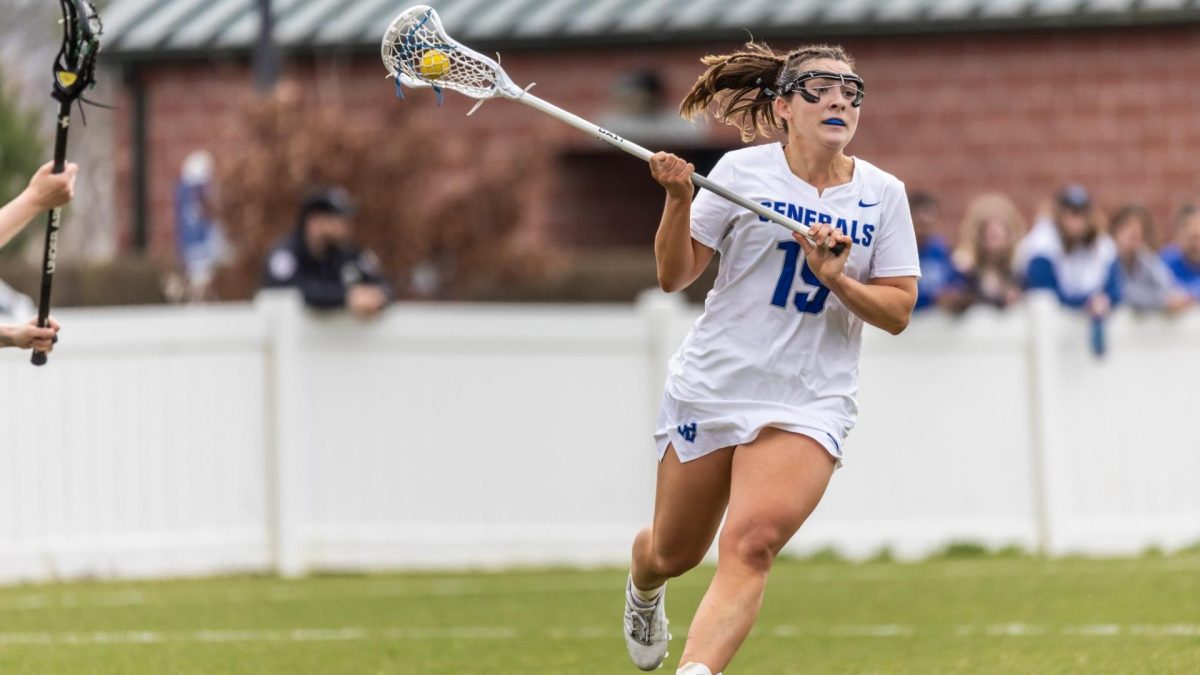More classes at Washington and Lee will be required to enroll 25 or more students starting in fall 2024.
Professors will be bound by a stricter set of requirements regarding course enrollment caps as part of a sweeping set of changes meant to reduce the faculty teaching load.
But faculty and students wonder how even slight class size increases might affect Washington and Lee’s small-school identity.
According to a statement released by the provost, 100- and 200-level courses in the College must allow at least 25 students to enroll. In the Williams School – which houses the business administration, economics, politics and accounting majors – 100-level courses must allow at least 25 to enroll, while required 200-level courses must allow at least 22 students to enroll. Upper-level courses also have codified enrollment requirements.
That change will allow faculty members to teach one less course every other year. Previously, faculty were required to teach six classes one year and five the next. Now, most tenure-track faculty will teach five courses every year.
The Phi reported in April 2022 that the current teaching load, at 5.5, was the highest among peer liberal arts institutions, posing barriers to recruitment and retention. Next year, Washington and Lee’s teaching load will match the load at competitor schools like Grinnell, Haverford and Hamilton colleges. The goal, said Provost Lena Hill, is to make Washington and Lee more competitive for hiring.
The load will still be one course higher than the nation’s top five liberal arts colleges, which all require faculty to teach four classes per year.
A sudden change
The change in faculty course load and resulting class size increases were announced by the provost unexpectedly at an April faculty meeting, said Joel Kuehner, professor of physics and engineering.
The first set of requirements frustrated STEM professors, Kuehner said. Faculty initially would get less teaching credit for labs, which often last for hours each week.
“It was one of the few times I’ve worked on campus and heard screaming and yelling,” Kuehner said. “We were abruptly reminded we have no control over [course load], and it just breaks trust.”
The problem has mostly been fixed, Kuehner said, though labs taught by two professors or with the help of a staff assistant will still count for less teaching credit.
But faculty trust in the administration has worn thin, Kuehner said.
“None of us were asked for input, and we were told [that] would take too long,” he said. “Rarely do you have somebody shift something of this magnitude with so little understanding on the other side of the fence.”
Not all classes will be able to accommodate the new size requirements, said Kuehner and Molly Michelmore, history department head. Some physics courses are limited by space constraints, keeping enrollment maximums strictly in the low 20s, Kuehner said.
“I don’t know how many rooms we have that can hold 25 students,” Michelmore said.
Michelmore said professors in her department have been largely positive about the changes. Michelmore, who has taught at the university since 2006, remembers when the course load was six, and even harder on professors.
“[Five courses one year and six the next is] a lot of classes, it’s a lot of prep, it’s a lot of grading,” she said. “It does prove to be a little bit of a disincentive in terms of recruitment and retention, particularly for junior folks, who don’t have the classes under their belt.”
Effects on students
For the upcoming winter term, only 15 classes – five in STEM, seven in the humanities and three in the Williams School – enroll 25 or more students. The majority of classes in the College and Williams School are capped at 18, 20 or 22.
Kuehner and Michelmore said they have worries about how larger class sizes could affect the intimate student experience that the university advertises.
Fewer course requirements for faculty doesn’t solve the problem that the physics and engineering department is “chronically understaffed,” Kuehner said.
“Routinely we’re at 25 or 30 for classes we were comfortable teaching at 15 or 20,” Kuhener said. “We’ll have to change the way we teach, but the whole argument was, ‘We’re different.’”
Michelmore said she’s curious about how more seats in extremely popular classes like Politics 100 and Economics 100 will affect enrollments in history department classes that are historically undersubscribed. Oftentimes, the least popular history classes focus on non-white, non-Western history, Michelmore said.
And the changes are “no silver bullet” for Washington and Lee’s ongoing struggles with faculty recruitment, Michelmore said. It’s still a tough sell to hire diverse faculty for a potential lifetime gig in rural Virginia, she said.
Stacy Yurkovskaya, ’27, is planning on majoring in economics and computer science. She said large classes may hurt students who aren’t inclined to participate or seek help during office hours.
But if bigger classes mean it’s easier to graduate on time, Yurkovskaya said, it’s worth it.
“My thing is, I want to take the classes I need to take,” she said.



